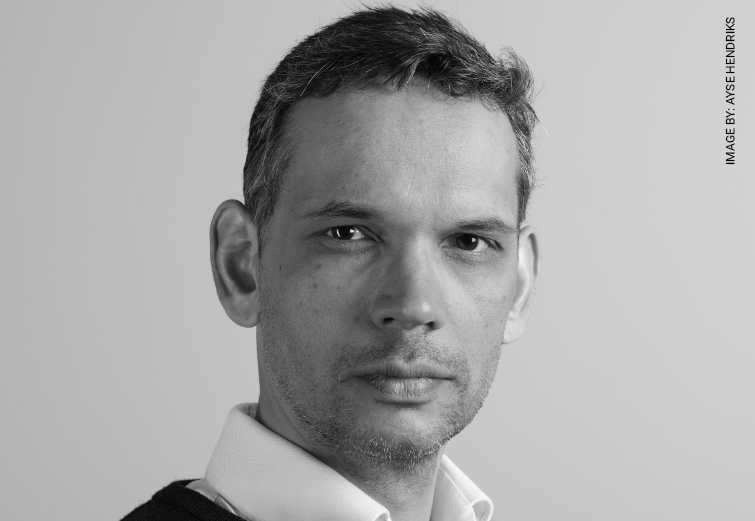What are your responsibilities in your new role at HQLAx?
A key responsibility is to grow and nurture a top-notch tech team. The platform performs high-value transactions in a highly regulated environment and runs on a state-of-the-art distributed ledger platform. For these reasons, we’re looking for top engineers with a very solid understanding of computer science fundamentals, especially in areas such as databases, distributed systems, security, and cryptography. Another important responsibility is to work with our partners to deliver the HQLAx platform to our customers. We have been working very closely with both R3 and Deutsche Börse over the past months to ensure that all systems are technically aligned.
What technology trends are you seeing at the moment?
Transaction privacy is important to our customers and there are lots of interesting developments in the areas of cryptography and security, including zero-knowledge proofs and hardware-supported trusted computing. These technologies are potential enablers for running systems in the cloud rather than on-premise.
There are mixed opinions in the industry as to whether or not technology is a disruptor, what are your thoughts?
I think the biggest changes occur when a technological breakthrough coincides with a particular pain point that can be addressed by technology. Clearly, a fragmented settlement system is painful. Technology for atomic settlement and manipulating shared records in a verifiable manner comes at the right time.
How are regulations affecting technological innovation within firms?
In a way, regulations provide us with a market opportunity, because they lead to a demand for high-quality liquid assets. Of course, regulators also impose many tough nonfunctional requirements on platform availability, security, and integrity. This is what regulators should do and what customers deserve. It’s challenging at times, but it forces new platforms to become mature very rapidly.
What challenges are you seeing around technology?
Integrating our distributed ledger technology (DLT) platform with existing infrastructure is a mixed blessing: we don’t have to build everything from scratch, such as a trading platform, but we do have to spend time on integration. Also, some of the benefits of DLT can only be reaped with deep integration into existing infrastructure, but that type of full integration requires time.
How is HQLAx and Deutsche Börse’s blockchain securities lending solution progressing? And how will this work?
Technically, the solution consists of the Eurex trading platform, where trades are initiated, the DLT platform, where asset ownership is tracked, and a trusted third party layer that manages accounts at participating custodians.
Once the solution is live, customers will have the option to run their own Corda/HQLAx node or they can opt for a hosted solution. We will initially go through a test phase in which trades are performed without any actual transfer of value. We are going through such as phase internally, right now, but clients want and need to do the same thing.
Is there anything else in the pipeline that HQLAx is working on?
The technology team is now fully focused on delivering the MVP for upgrade/downgrade securities lending transactions. There are, however, many ideas for extending the current platform. Such ideas include swapping securities against digital cash, pledging baskets of securities, and forward lending.
What opportunities do you see around technology in the securities lending industry over the next five years?
It’s hard to be precise about the timelines, but we are now going through a phase where we record and manage ownership of securities on a ledger. Ideally, the underlying securities themselves would be managed on a ledger. And of course, having cash on a ledger should also help the securities lending industry.
← Previous interview
J.P. Morgan
Andrew Bates and Tony Georgievski
Next interview →
IHS Markit
Paul Wilson
 Image: Shutterstock
Image: Shutterstock 